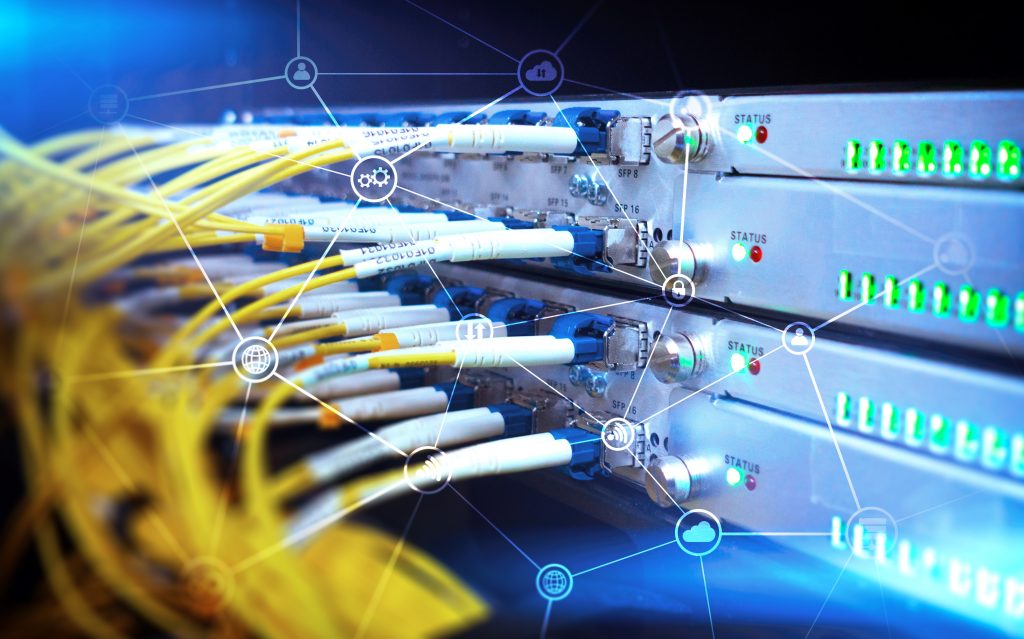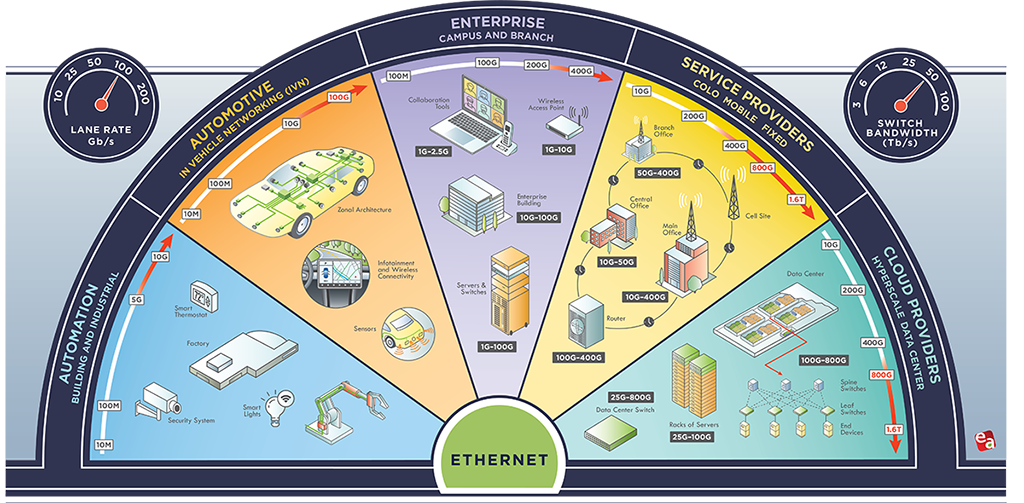Efficient data transfer is a cornerstone of successful operations in the digital era. As we progress through 2023, we grapple with the intricacies of contemporary IP infrastructures. Interestingly, ‘sneakernet’ – the practice of physically transporting hard drives for data transfer – still finds relevance in services like Amazon’s Snowball for large data uploads. Yet, the pursuit of more efficient methods persists. High-capacity landlines are prevalent, but fully utilizing these ‘pipes’ for data transfer remains a hurdle. This is where Reliable Multi-Destination Transport Protocol (RMDT) comes into play.
Navigating the IP Infrastructures of 2023
The present landscape of IP infrastructures is a labyrinth of challenges. The TCP protocol, despite being a reliable method for data delivery, has its limitations. Its congestion controls, designed for general use, struggle to keep pace with the demands of high-capacity, long-distance connections. The need for a transport mechanism that can fully leverage these high-capacity lines is evident, and RMDT is poised to fill this void. With the rise of next-gen network technologies like private wireless, edge computing, and cloud networking, the demand for efficient data transfer methods like RMDT is expected to grow.


The Impact of 2023 Network Trends on Data Transfer
Most of the network trends in 2023, such as the rise of next-gen technologies, the rollout of 5G networks, and the emergence of Wi-Fi 7, are targeted at last-mile communication. These advancements are set to increase the amount of data generated and consumed. However, this surge in data necessitates efficient data transfer methods, particularly for long-distance, high-capacity connections. This is where RMDT and Dexor’s high-speed WAN acceleration solutions like Dataclone come into play, enabling efficient data transfer despite the challenges posed by these trends.
The Ripple Effects of Data Transfer Challenges
The implications of these challenges are far-reaching. Applications relying on data transmission over such networks become less responsive, particularly in the case of live high-capacity streaming. Data transfers slow down significantly, and TCP’s performance in a 10 Gbps end-to-end channel is reduced to a fraction in the presence of high delay and packet losses. This leads to extended backup times, longer disaster recovery periods, and protracted file-based business processes, all of which can significantly impact business operations.

Dexor’s Approach to Overcoming Challenges
Dexor steps up to these challenges with the RMDT protocol and products based on it. Regardless of latency, delay, and jitter, Dexor’s solutions, including Dataclone, ensure that the transfer procedure maximizes the available bandwidth. This results in optimal service and keeps applications running efficiently, making Dexor a key player in the realm of WAN-Acceleration.
The Future of Data Transfer
As we navigate through 2023, the volume of data we need to send across the globe continues to grow and will expand even further. This escalating demand for data transportation is driving the development of higher transmission standards. The Ethernet Alliance’s 2023 technology roadmap anticipates speeds of 800 Gbit/s and 1.6 Tbit/s to become an IEEE standard between about 2023 and 2025. This projection underscores the magnitude of data transport that will be required in the near future. Dexor is preparing for these changes by adapting its product lines to handle 40 Gbps and more. While this pertains to a single session, Dexor’s 10 Gbps solutions can be used in parallel to achieve much higher data rates. Dexor is gearing up for a future where high bandwidth will be accessible to every business, leading the charge in high-speed data transfer.

Conclusion
As we navigate through the digital landscape of 2023, the importance of efficient, high-speed data transfer becomes increasingly clear. The rapid evolution of technology trends, coupled with the growing volume of data being generated and consumed, necessitates robust data transportation solutions.
In this context, Reliable Multi-Destination Transport Protocol (RMDT) and Dexor’s high-speed WAN acceleration solutions emerge as critical tools for businesses. They ensure optimal utilization of bandwidth and keep applications running smoothly, regardless of network conditions.
The future of data transfer is not just about speed, but also about security, reliability, and adaptability. As we look ahead, we can expect to see further advancements in data transfer technologies, including emerging technologies that promise even faster data transmission rates.
In this rapidly evolving landscape, Dexor is committed to staying at the forefront of high-speed data transfer solutions. By continuously adapting and evolving to meet the growing demands of IP infrastructures, Dexor is not just preparing for the future – it is helping to shape it.
Ready to overcome your data transfer challenges?
Experience the power of high-speed data transfer with a demo of Dataclone
Delve into the details with our white paper
Or simply contact us for more information.
You must be logged in to post a comment.